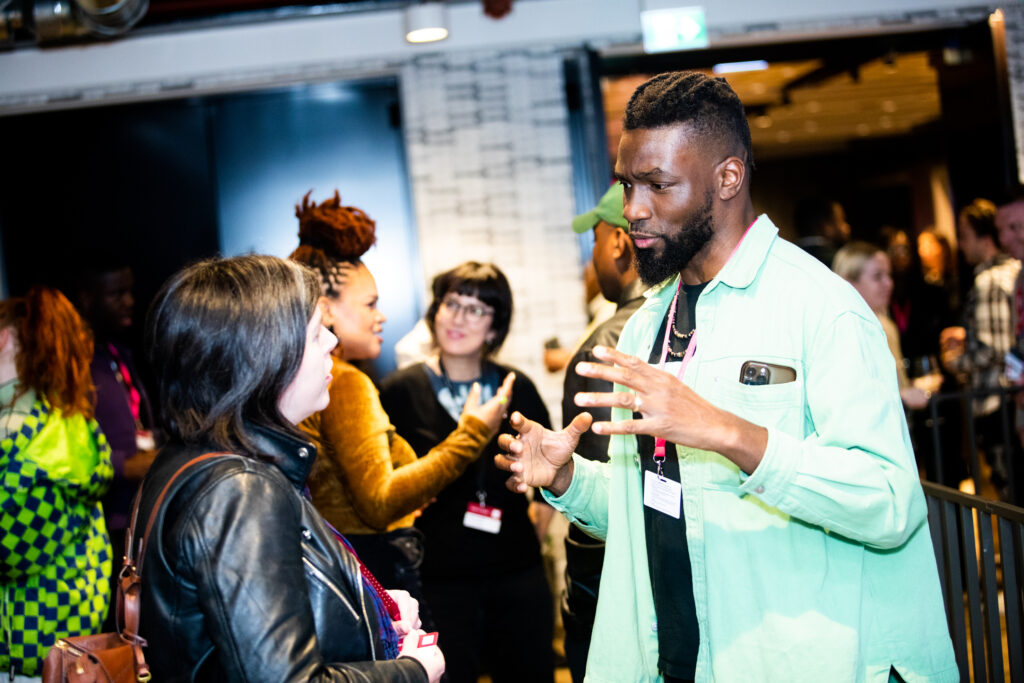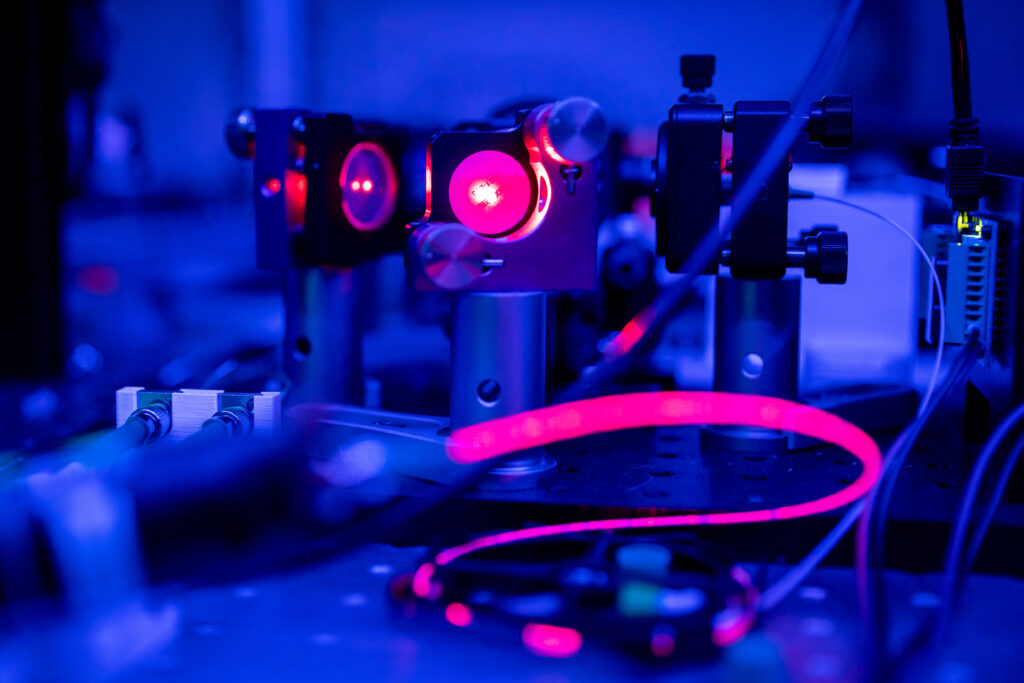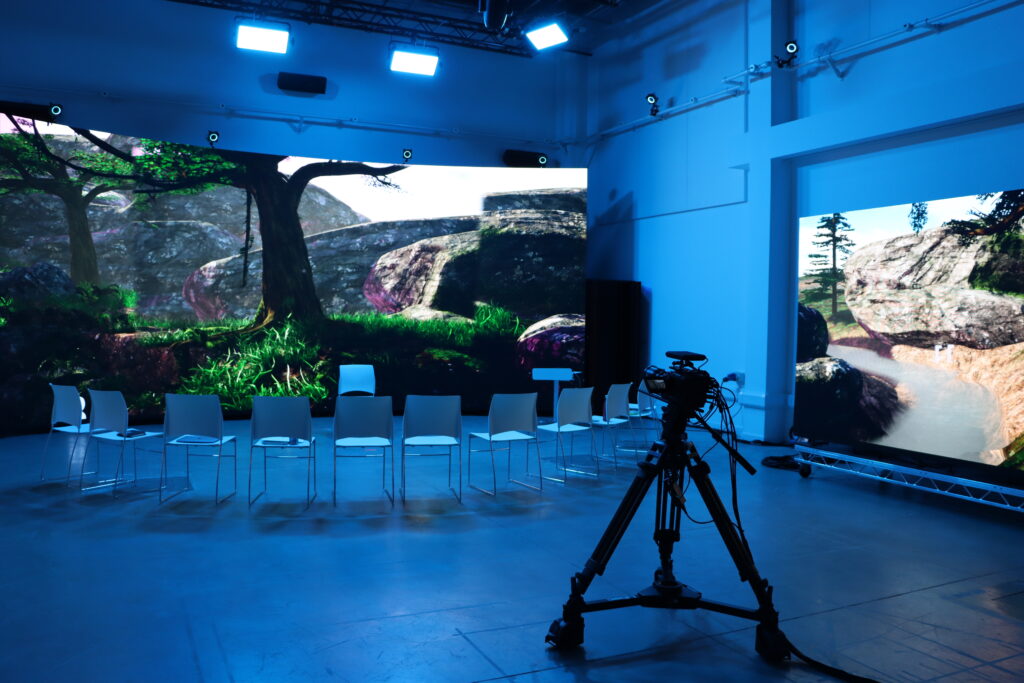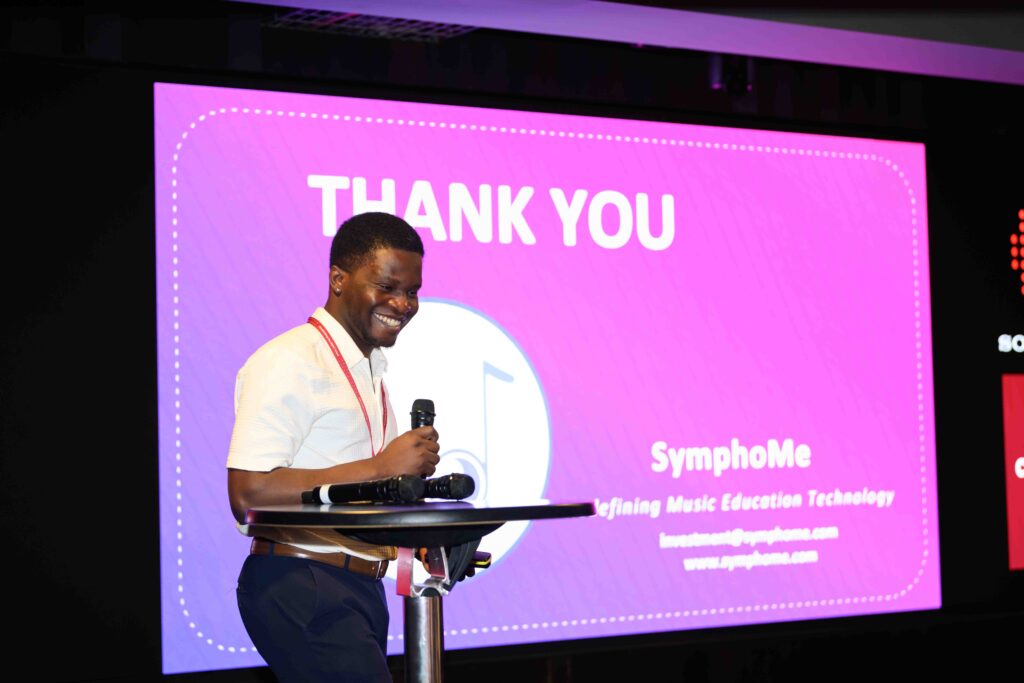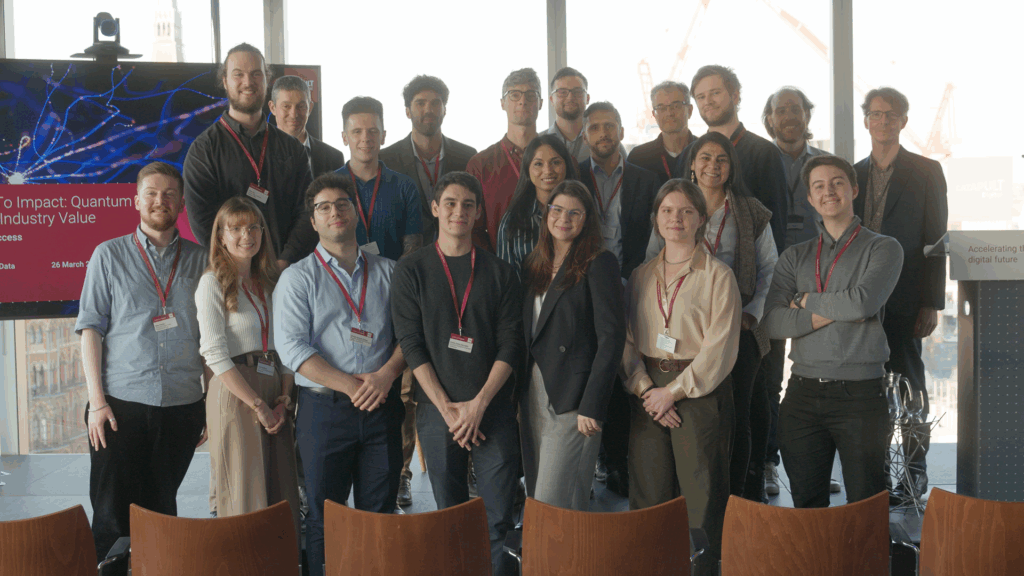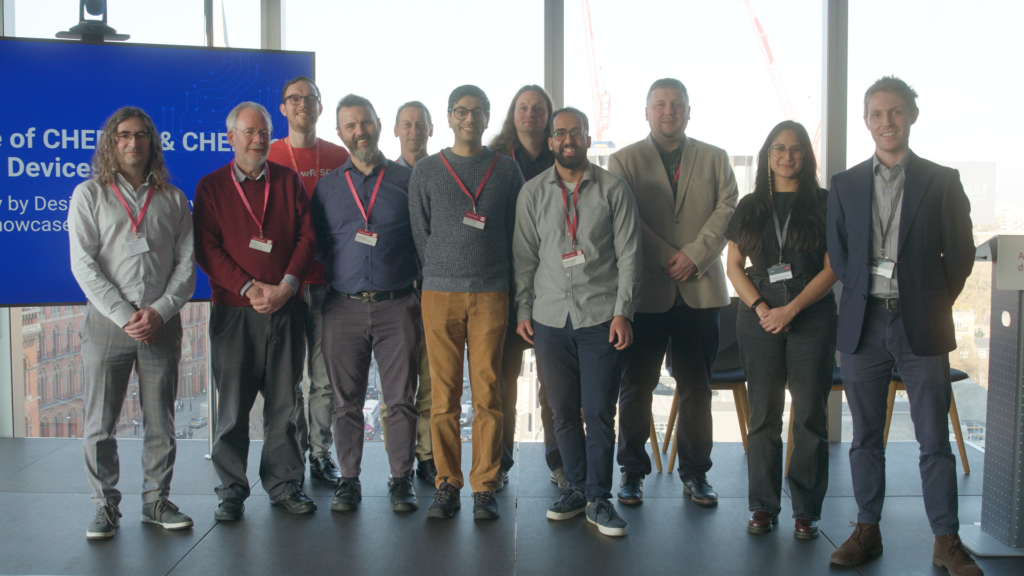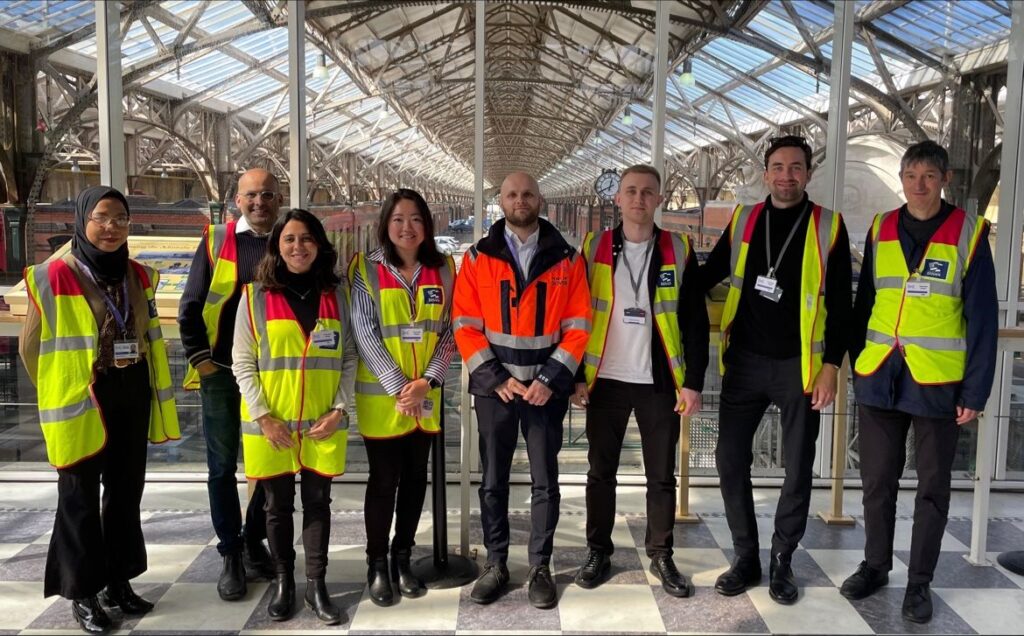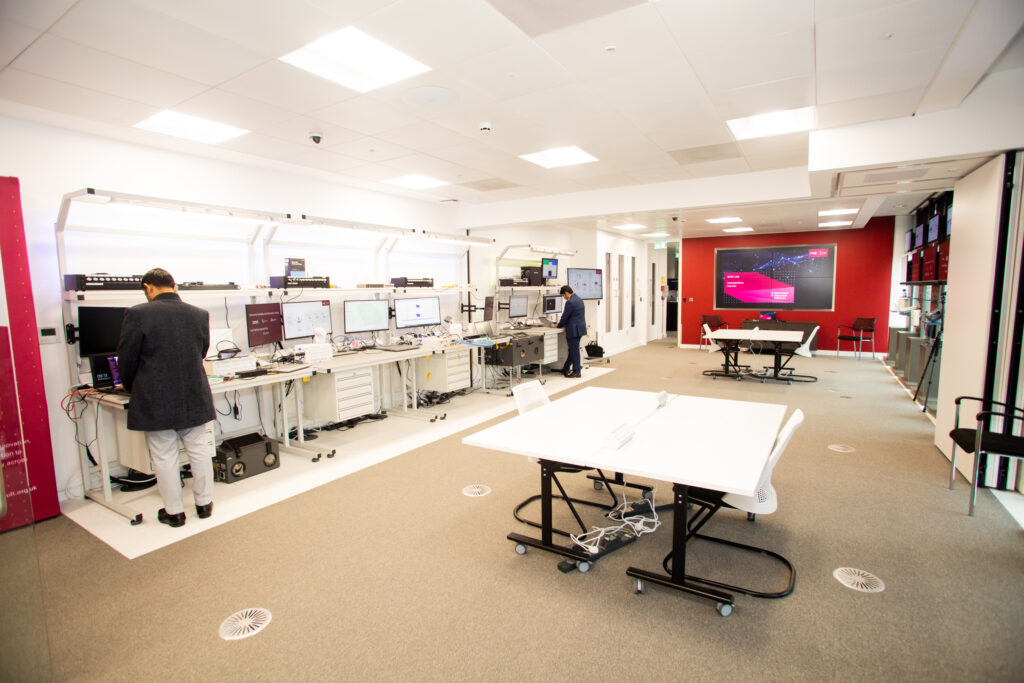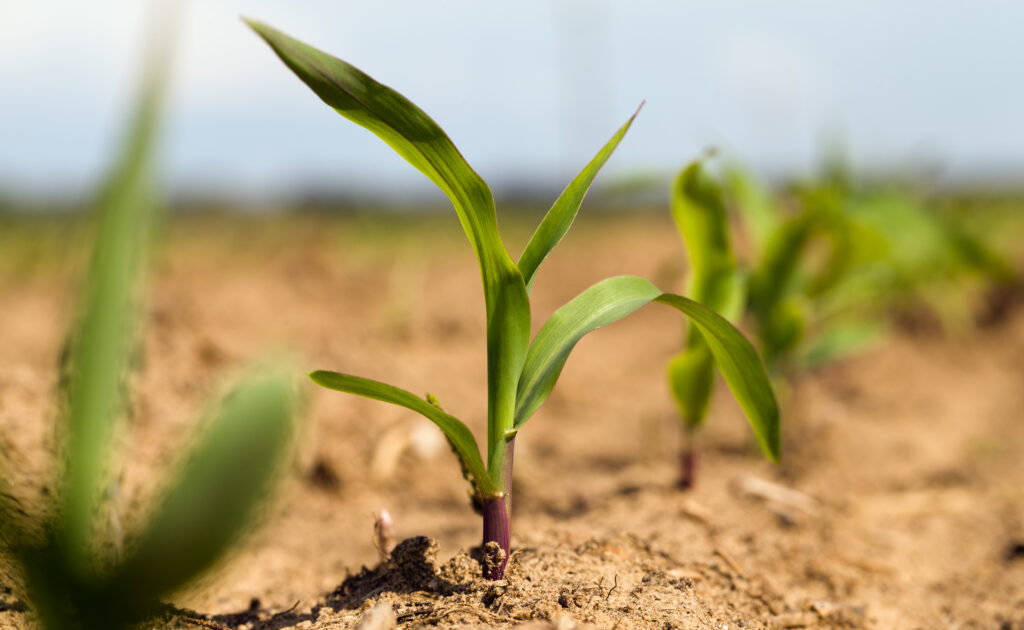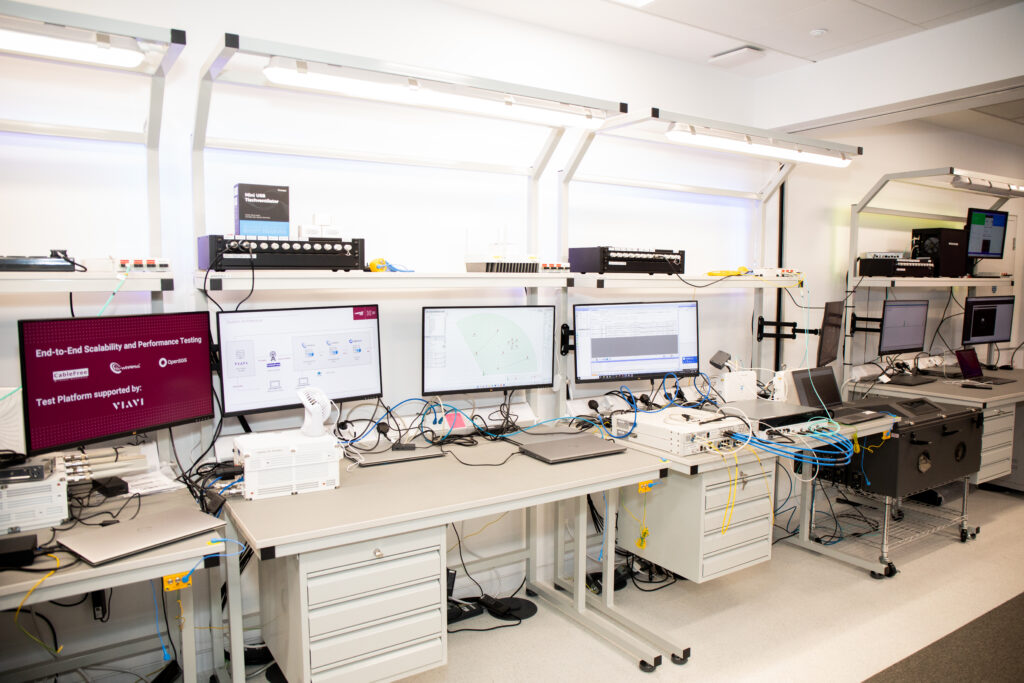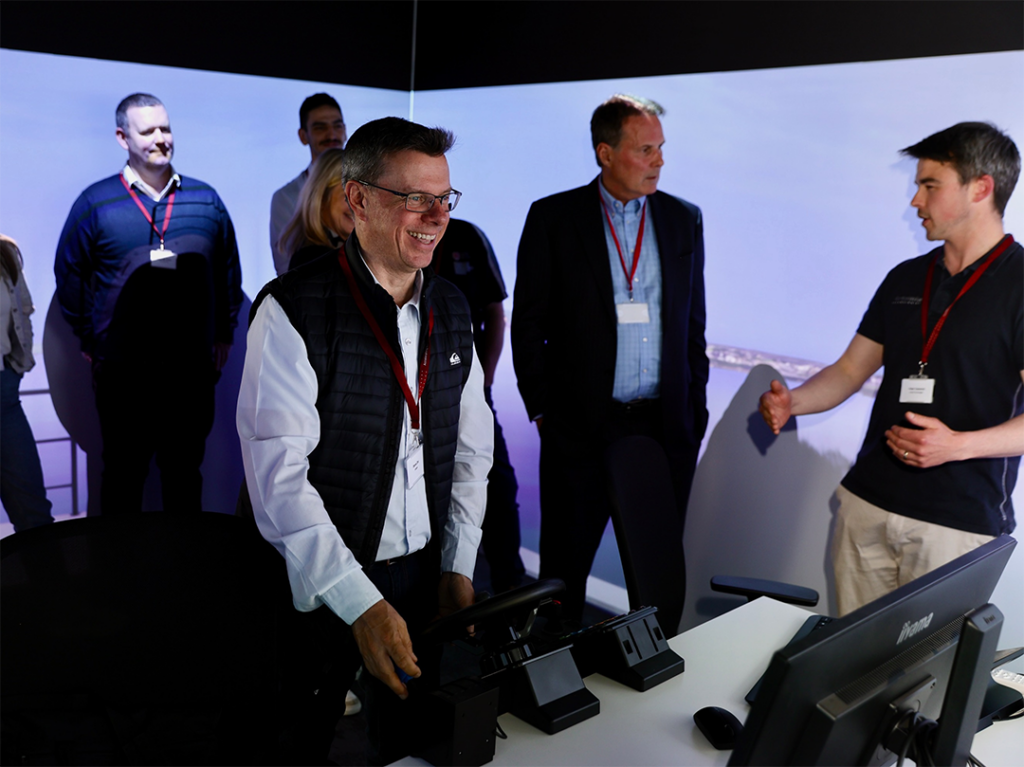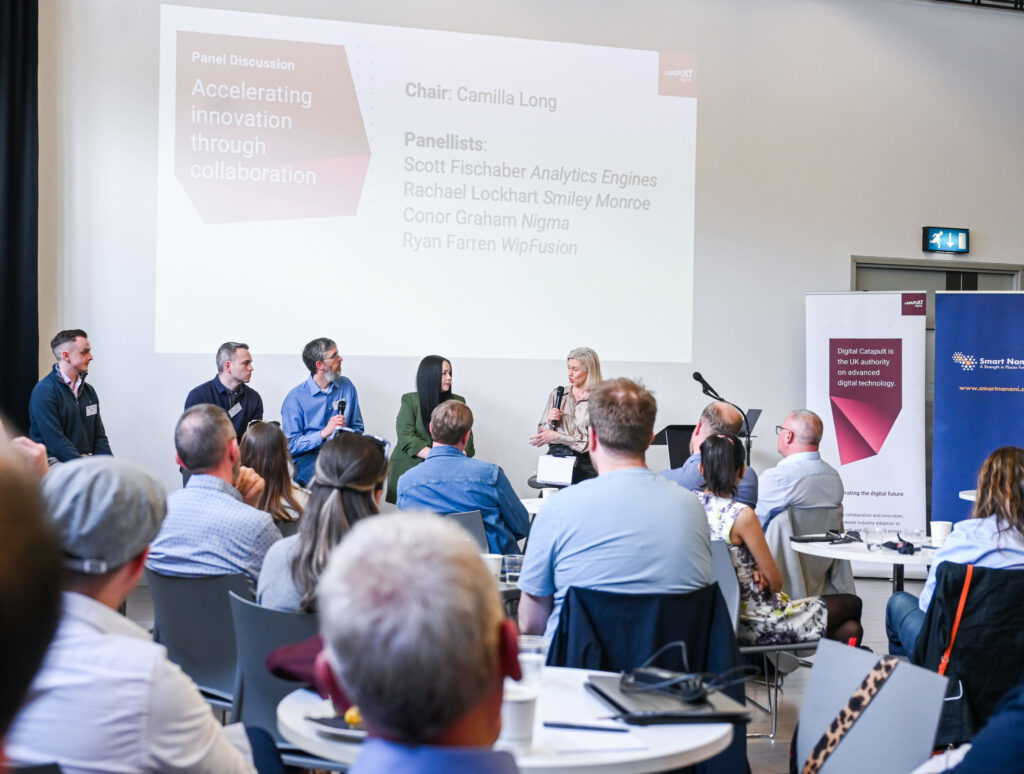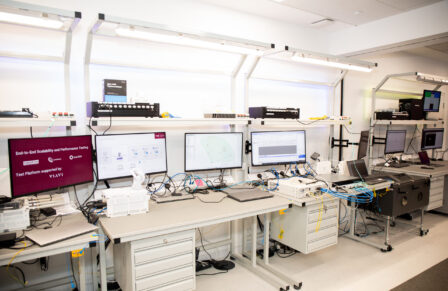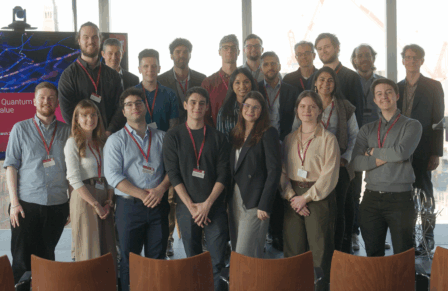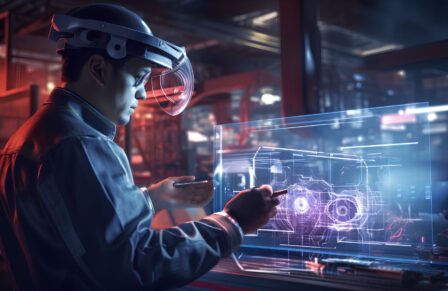Over the past six months technology experts from Digital Catapult and Niantic Labs, as well as creative leaders from Cartoon Network and Studio Wayne McGregor, have been working with some of the UK’s leading immersive studios to develop augmented reality (AR) concepts that will deliver Niantic’s vision for a ‘real-world metaverse’. The final results of Digital Catapult’s ‘Niantic Lightship accelerator programme’ will be demonstrated at a showcase on 2 February 2023.
Global children’s brand Cartoon Network and Bristol-based immersive studio Mobilie Pie have been working together to create ‘ToonCup AR’. Toon Cup AR is bringing Cartoon Network’s beloved characters into the real-world, using the magic of augmented reality. The existing ToonCup football game – available on web browsers and in app stores – has already reached an audience of millions.
When setting the challenge for how immersive developers could leverage Niantic’s Lightship technology for the ToonCup game, Warner Bros. Discovery wanted to retain the spirit of the original game as well as extend the game’s potential and extend the wider Toon Cup universe using augmented reality.
Cartoon Network’s Toon Cup found a lot of similarities between their mission and Niantic’s mission to build a real-world metaverse; encouraging movement, getting users to step outdoors, and sharing augmented reality experiences with others. The objective of their challenge was to inspire concepts that would allow children to engage with television characters in the real world, using Toon Cups; beloved cartoon characters that will empower children to explore the outdoors and their neighbourhood, fostering connections with other kids in their community through play.
When games development studio Mobile Pie pitched their ToonCup concept to Cartoon Network, they recognised it as an opportunity to work with a more experimental focus. Mobile Pie has developed several augmented reality applications during its 15-year history, but the chance to work with Niantic and Cartoon Network’s intellectual property was an exciting opportunity, allowing Mobile Pie to draw from its vast experience in producing accessible, fun content for children.
Although a number of games developer studios put forward pitches to expand the ToonCup universe into augmented reality, Mobile Pie’s concept and approach came through as both innovative and elegant, with plenty of room to expand from the initial demonstrator phase delivered at the end of the programme.
Toon Cup: the AR dimension
In Toon Cup AR, players select Cartoon Network characters and bring them onto the pitch. Players can use most flat surfaces around them in the real-world as a pitch, like their bedroom floor or garden lawn. Through playing matches with other players, or simple AR mini-games, players are able to develop their team’s skills and their characters’ ‘superpowers’ between matches. Mobile Pie’s use of the Lightship AR develop kit has brought the 2D characters from the web browser and app store game to the real world in all three dimensions.
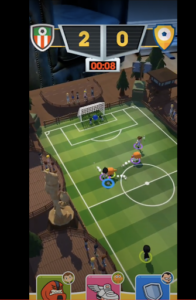
In an innovative twist, players can step outdoors to collect resources by pointing their cameras on an array of surfaces that Niantic’s Lightship technology recognises, such as foliage, grass, buildings, and many more. Niantic’s world map comes alive as a collection of spots – similar to the Pokestops in Pokémon Go – as resource repositories, to encourage children to play Toon Cup AR while on the move.
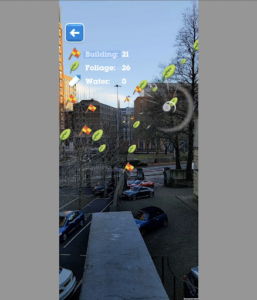
Learnings: finding the fun in AR user experience
Each of the three demonstrators in the programme experimented with Niantic’s Lightship platform and the Augmented Reality Development Kit (ARDK) in different ways. Mobile Pie has been developing games for children with success for more than a decade, and therefore ‘finding the fun’, as game designers call it, has become part of their DNA as a studio.
Mobile Pie was also aware of Cartoon Network’s reach and how the demonstrator should be designed from the ground up in a way that eventually, as a full product, would accommodate audiences in urban, suburban and rural areas across Europe.
When developing ToonCup AR, the challenge requirements became intricately wedded with thinking about the details of the AR user experience and trying to make augmented reality as accessible and intuitive as possible. The team recognised that giving players full control of individual players in AR posed a host of user experience challenges, and therefore they opted for a proven ‘auto-battler’ gameplay experience where the interesting choices players get to make have to do with selecting the team and using the power-ups rather than intricately controlling the individual virtual characters in the AR pitch on their bedroom floor or kitchen table. With the challenges mobile AR poses to ergonomic human factors and user experience design, less can be more.
The Mobile Pie team were conscious of how unforgiving an audience children can be – small glitches or non-intuitive design solutions might be costly in the face of the abundance of media choices children have. The team recognised that a necessary phase in any AR experience, i.e. scanning one’s surroundings for surfaces so that virtual objects can be placed on them, can be a deal-breaker for younger audiences eager to just get to the heart of the fun.
To address this user experience issue, the team started experimenting with ways to ‘gamify’ the localisation and meshing phase, as it is known in technical terms. The idea was to make it part of the game, instead of something that breaks the illusion and makes players leave even before they reach the AR-powered football. The development work also included implementing an intelligent algorithm that sped up the process in general. Mobile Pie’s solution, in development, gamifies scanning the AR play area.
The user experience of any mobile application can truly only be evaluated when a user tries it on the device, and with AR there are multiple factors that influence the user experience, such as the player’s surroundings and lighting conditions. Hence, it is critical to test features early and often. Mobile Pie’s developers found that one of the strengths of the Lightship ARDK was how fast it was to kickstart the development by accessing example projects, development tools, tutorial videos, and other documentation.
As a result, communicating the project’s progress to multiple stakeholders – Cartoon Network, Niantic, and Digital Catapult – was a combination of frequent video captures of features in development, showing development builds during in-person meetings, and distributing builds for stakeholders to test.
Mobile AR future: Less is more?
On the back of the Toon Cup AR demonstrator project, how does Mobile Pie think about the future of mobile augmented reality? CEO Richard Wilson sees the market moving towards mobile AR successes that require less time investment from players:
“There are so many ‘games as a service’ out there and there’s only so many you can play at a time. I tried playing Pokémon Go and Harry Potter at the same time, and you would go somewhere, and then you think: which one am I going to check now; which one am I going to favour this time? So I think AR games are quite in-depth experiences right now but we will start seeing more lightweight ones. There’s definitely an appetite for the kind of experience where location-based aspects and AR features meet.”











